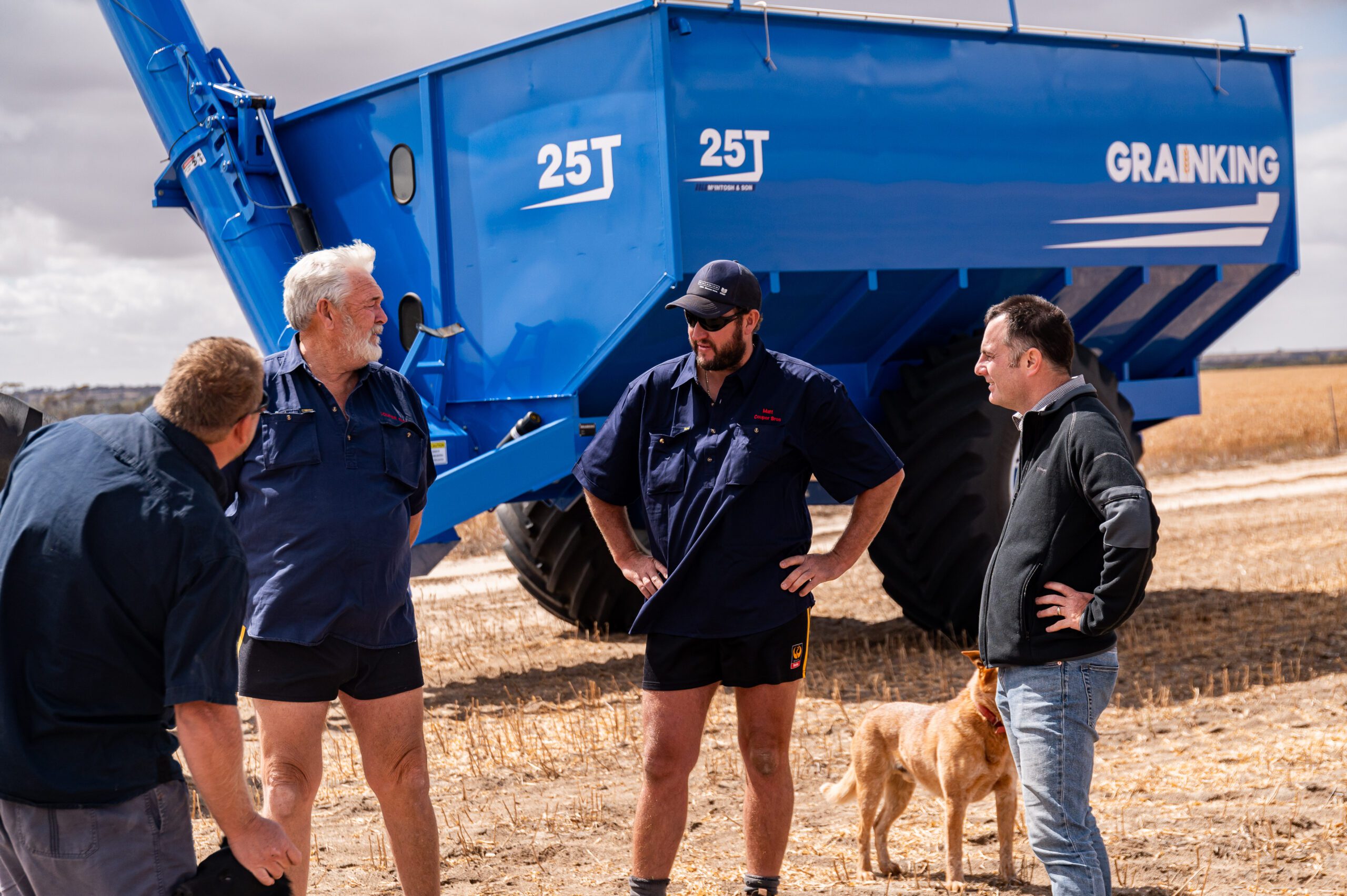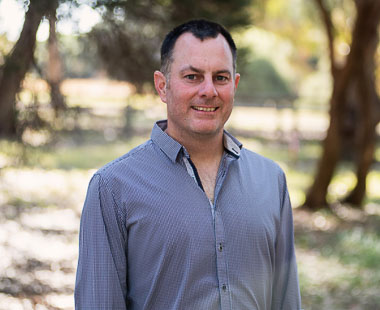Below the line, machinery ownership, interest/finance, and management costs are increasing!
By how much you ask?
Let’s say $200,000 p.a.
Operating profit is important, income minus variable costs and fixed operating costs. The target of 65% or lower operating costs is mentioned often and is the engine room of your business, but in nearly all circumstances, what the operating profit is being asked to pay for is increasing!
These are the machinery ownership costs (interest and depreciation), finance costs, and management costs. We need all of these costs to assist in creating the income.
Even in listed companies, these items can conveniently be underreported and glossed over, but it is squarely in an investor’s eye, such as Warren Buffet, when looking at a company to invest in: “Does management think the tooth fairy pays for capital expenditures?”
Exploring this further.
Interest
The interest component across the whole business debt has commonly ballooned in 2023 so this is now a very significant number. Interest has increased for a myriad of reasons; the simple explanation is the increase in interest rates on the existing debt, but also adding to this is,
- Buying assets over the past 12 months with cash has led to higher overdrafts than potentially where they could have been, think machinery out of cash flow, FMDs, superannuation, or off-farm assets bought via cash flow.
- Operating losses of 2023 in certain areas leading to additional business debt.
A very rough number here is $500,000 for each of the above reasons, so $1mil @ 7% is an additional $70,000 if interest costs.
Differences in finance costs and interest rate margins are still noticeable between businesses, with the ability to negotiate seemingly having a larger bearing on the margin than the risk to the bank. It raises the question of what shopping around is worth for the whole average interest burden.
Depreciation
After a few decent years, machinery investment has ballooned; this has occurred via investment in machinery that was not cheap in the first place or the lack of depreciation on paper for existing machinery over the last few years. Another rough example is if machinery investment has increased from $2mil to $3mil, then depreciation has also increased by an additional $100,000 from the 10% figure from $200,000 to $300,000.
Depreciation is a calculated figure; you are not physically writing a cheque out for depreciation, but the cost is a real cost to the business. On the flip side, it isn’t easy to create an income without the machinery that depreciates. These are all interrelated.
It is a good opportunity to really investigate the fit of a new machine as a purchase and to ensure that the below-the-line costs are really considered – both interest and depreciation.
For existing older machinery, the feverish prices look to be lowering, we need to be real as to its written-down value, with a lower value also assisting lowering the depreciation figure.
Wages of management (drawings)
It is fair to say wages for good employees in a competitive environment with a limited talent pool have increased markedly in the last five years, and you, as managers of the business, are creating long-term wealth, and this needs to be also represented.
Wages of management, again, is a calculation of an estimate that if you were not running your farm, then for a business worth $X, a manager would cost $Y. As a business owner, it is your choice to utilise this figure or choose a higher or lower figure and what you do with these earnings.
But thinking back over the last 24 months, with land values increasing and represented on the balance sheet, plus the machinery investment growing, plus past profits generated, balance sheets have grown remarkably (although potentially retreated slightly in 2023).
Another rough estimate here is that if the balance sheet has grown by $ 2- 3 million, then the wages of management figures have also grown by $20-$30,000 annually. This particular figure will probably not decrease over time as it is related to the business’s assets.
Of course what you actually ‘draw’ as owners/managers is the real number and especially with children’s education and off-farm property expenses included this commonly adds up to the calculated ‘wages of management’ figure or greater.
So, combining the estimates above, the below-the-line costs that the operating profit needs to cover have increased, say, $200,000 on average across businesses. If you are budgeting the same income and same operating cost, potentially, when you get down to the net profit, you are going to be $200,000 worse off.
This is not all doom and gloom.
Going back to the operating profits and the operating cost percentage, budgets are not the same now as they were 12 months ago.
On paper (still with the need to grow the crops or livestock), operating profits are improving. Average crop yields are about the same as they were 12 months ago, and average grain prices have improved significantly and good price opportunities are available currently. There are also green shoots in sheep prices on a finished lamb to the correct specification.
Cost-wise, two of our higher input costs, chemicals, and fertiliser, are down, and fuel shows weakness, fluctuating depending on world issues and currency. These are 3 of your higher costs and, combined with a potentially more significant income, will increase the operating profit in your favor and pay your below-the-line costs.
In conclusion
After a few big years, if we can get back to basics, as long as you can keep operating costs in check, the 65% target, this typically allows the capacity to pay finance, depreciation, plus management wages, and also have the ability to pay down debt, This will then enable you to strengthen the balance sheet to where it was pre-2023.
Question the machinery value and the next purchase after a big few years of investments, and get that finance quote. A bit of competition goes a long way.


